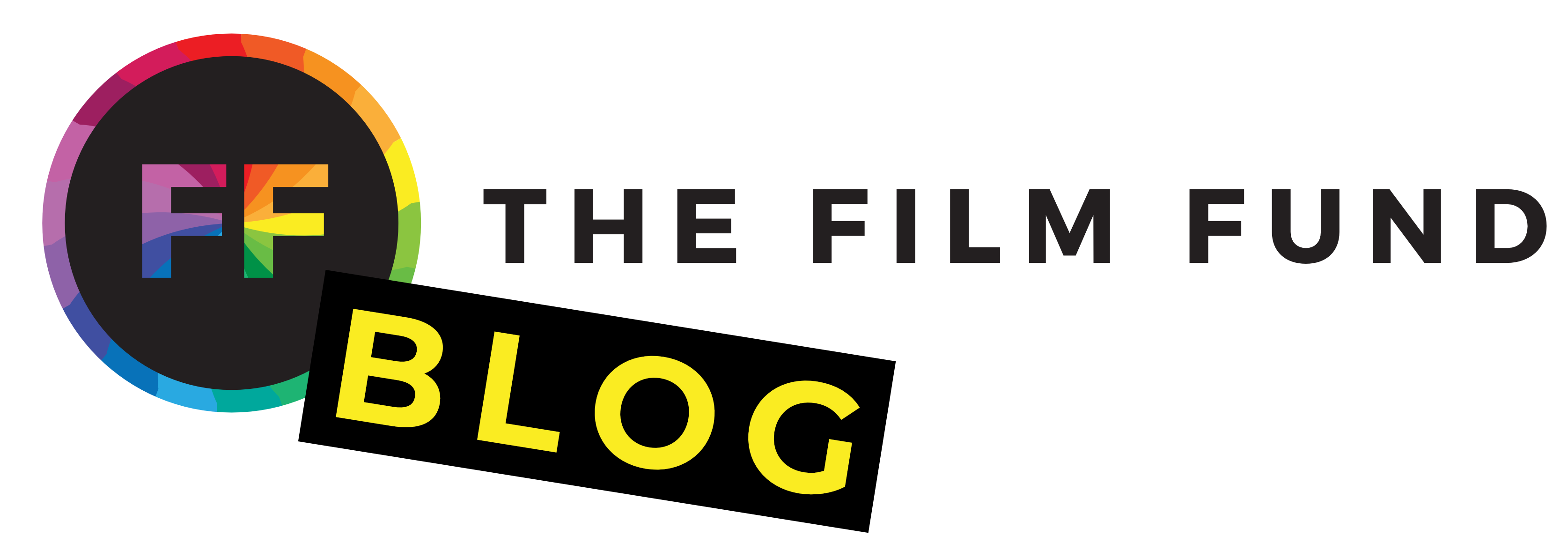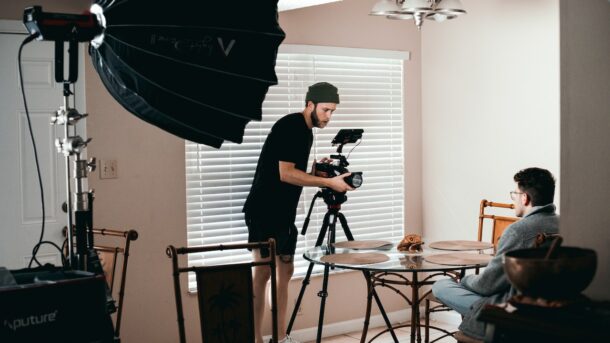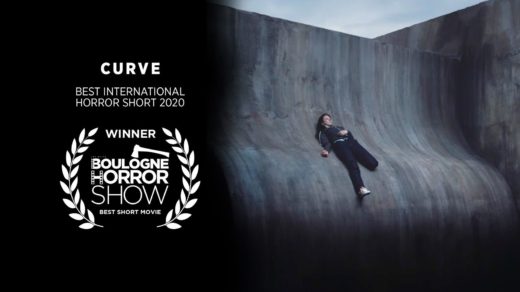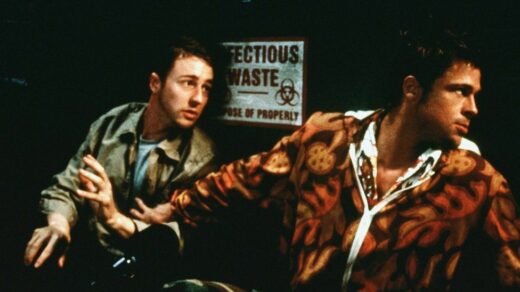Documentary interviews serve as the backbone of your narrative, breathing life into your subject matter. They provide a unique opportunity to capture the genuine emotions, experiences, and insights of your interviewees. These interviews enable you to explore a wide range of topics, from social issues and personal stories to historical events and more. By mastering the art of documentary interviews, you can bring your audience closer to the heart of your subject, evoking empathy and understanding.
Imagine sitting down with someone whose story has the potential to change perspectives, inspire action, or shed light on an untold aspect of the world. To do justice to these stories, it’s crucial to set the stage for a meaningful conversation. Proper techniques encompass everything from pre-interview research and creating a comfortable environment to the questions you ask and the post-interview editing process. In this blog post, we’ll break down these techniques and offer insights that will help you become a documentary interview virtuoso.
In the paragraphs that follow, we’ll explore the critical elements of documentary interviews, from pre-interview preparation to post-interview editing. We’ll provide you with valuable insights, practical advice, and tips to ensure your documentary interviews leave a profound impact on your viewers. So, let’s dive in and uncover the secrets behind mastering the art of documentary interviews!
The Pre-Interview Preparation
Just as a sculptor carefully selects the finest piece of marble for a masterpiece, you, as a documentary filmmaker, must prepare diligently for your interviews. The pre-interview stage is where the foundation for a compelling narrative is laid. Here, we’ll guide you through the critical aspects of preparation for documentary interviews.
Research, Research, Research
Imagine entering the interview room armed with the knowledge to connect with your interviewee on a profound level. This all begins with research. Dive deep into your subject, absorbing everything available. Explore their background, past interviews, written works, and any relevant information. You’ll discover that the more you know, the better you can formulate questions that resonate with your subject and your audience.
Setting Objectives and Goals
Every documentary interview should have a purpose. Think of your interview as a journey—a quest to unravel a story or insight. It’s essential to set clear objectives and goals for your interview. What do you want to achieve? What narrative arc are you trying to craft? Setting these goals in advance will not only keep you on track but also guide your interviewee toward meaningful responses.
Remember, whether you’re documenting a personal journey, societal issue, or historical event, the success of your documentary interview hinges on this initial groundwork. In the next section, we’ll explore the art of building trust with your interviewee, a crucial step to conducting impactful interviews.
The Art of Building Trust
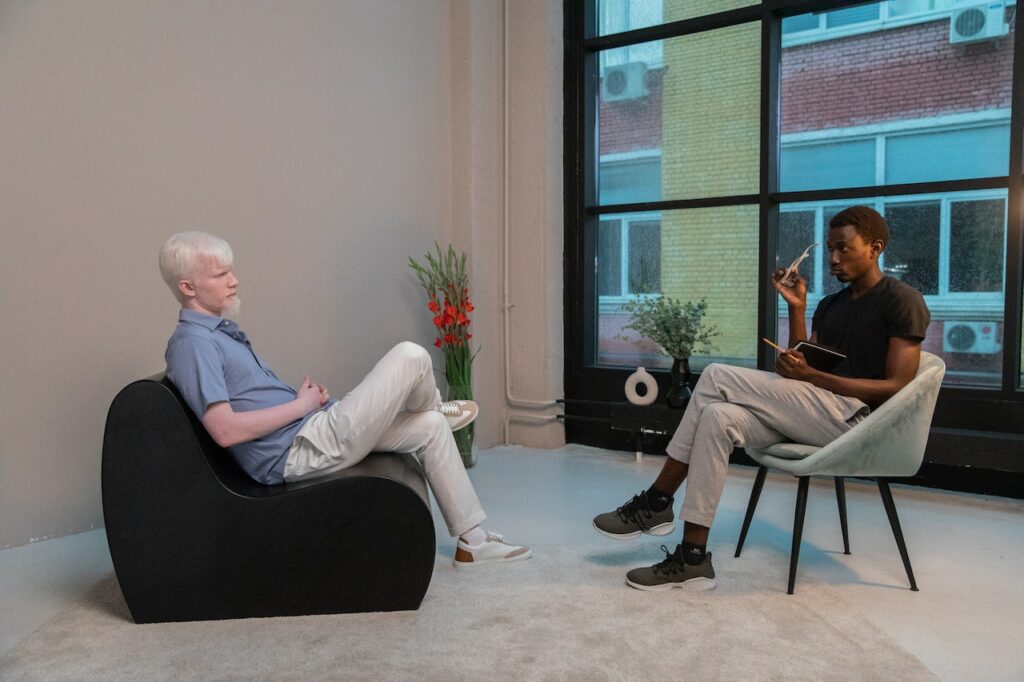
Picture this: You’re about to embark on a documentary interview, and your subject is ready to share their most personal stories, insights, and experiences. The key to a successful interview is building trust and creating an environment where your interviewee feels safe, respected, and heard. In this section, we’ll explore the delicate art of building trust in the context of documentary interviews.
Creating a Comfortable Environment
Think of the interview setting as your canvas, and the environment you create as the backdrop for an open and honest conversation. Start by choosing the right location. This could be a quiet, private space where your interviewee can relax. Ensure that the room is well-lit and free from distractions. By setting the stage for comfort, you’re paving the way for genuine sharing.
The Importance of Establishing Rapport
Trust is the cornerstone of any meaningful interaction. As a documentary filmmaker, your ability to establish rapport is paramount. It’s not just about asking questions; it’s about creating a connection with your interviewee. Show genuine interest in their story, and actively listen to what they have to say. Remember, your curiosity and empathy are your greatest assets in the quest for trust.
Building trust may take time, especially when delving into sensitive topics. Let your interviewee know that you respect their boundaries and that they can stop or pause at any time. This assurance can go a long way in establishing trust.
In the world of documentary interviews, trust is the key that unlocks the door to authentic storytelling. As you continue to explore the art of documentary filmmaking, keep in mind that building trust is a continuous process. In the next section, we’ll dive into the techniques for effective questioning, which will help you gather the insights and stories that will make your documentary truly remarkable.
Effective Questioning Techniques
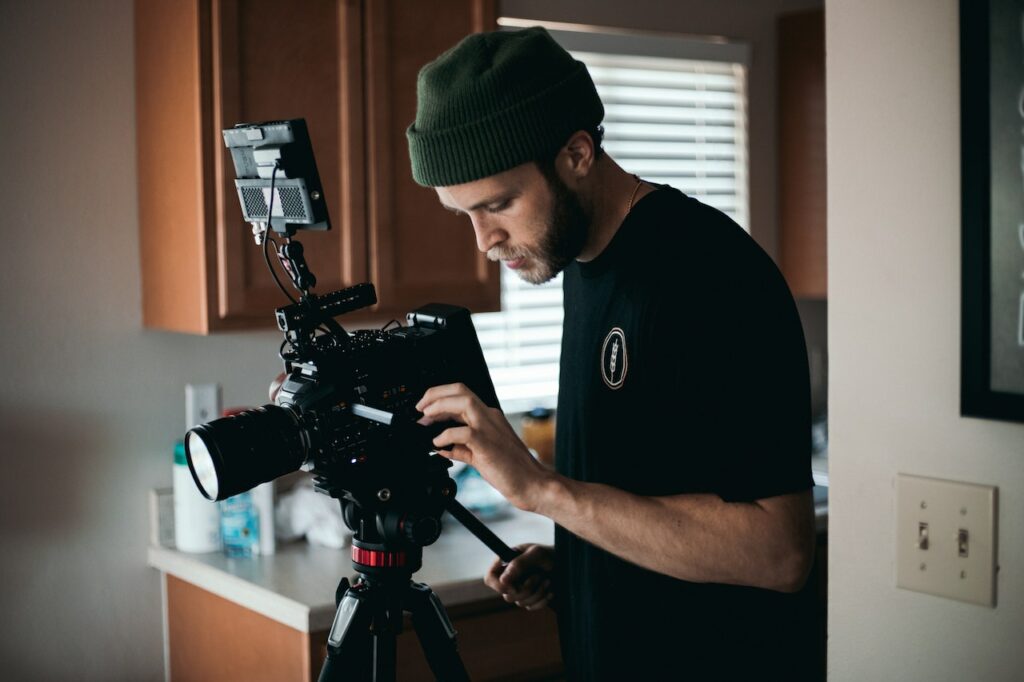
Once trust has been established, it’s time to delve into the heart of your documentary interviews. Effective questioning techniques are the compass that guides your conversation, helping you uncover the authentic and compelling stories your audience craves. Here, we’ll explore the art of asking the right questions.
Open-Ended vs. Closed Questions
In the world of documentary interviews, not all questions are created equal. Open-ended questions, those that encourage your interviewee to elaborate and share their thoughts, are your best friends. They invite personal stories and insights, steering your conversation toward a deeper understanding of your subject. Closed questions, on the other hand, often yield one-word answers and are better suited for gathering specific facts. The key to a successful interview is striking a balance between the two, using open-ended questions to spark conversation and closed questions for clarification.
Probing for Depth and Emotion
While open-ended questions lay the foundation, probing questions are your tools for digging deeper. They encourage your interviewee to share their emotions, thoughts, and experiences in more detail. By asking “how” and “why” questions, you can uncover the layers of their story. Probing for depth and emotion can lead to powerful, heartfelt narratives that resonate with your audience.
Asking the Right Follow-up Questions
Think of your interview as a flowing river of dialogue. Follow-up questions are the stepping stones that keep the conversation moving. When your interviewee touches on a poignant moment or a compelling story, don’t be afraid to explore it further. Follow-up questions demonstrate your engagement and willingness to hear more, creating a dynamic and organic interview process.
Navigating Sensitive Topics
At times, documentary interviews may lead you into sensitive territory. When broaching delicate subjects, it’s crucial to approach them with empathy and respect. Let your interviewee know that they have the option to pass on any question they’re uncomfortable with. Be mindful of their emotional state and ensure they feel safe. Navigating sensitive topics requires a delicate touch, and your ability to do so is a testament to your skills as a documentary filmmaker.
The art of effective questioning is a dance of curiosity, empathy, and thoughtful conversation. As you continue on your journey to mastering documentary interviews, remember that practice and experience will refine your techniques. In the next section, we’ll explore the importance of capturing authenticity, an essential element for any documentary that aims to leave a lasting impact.
Capturing Authenticity
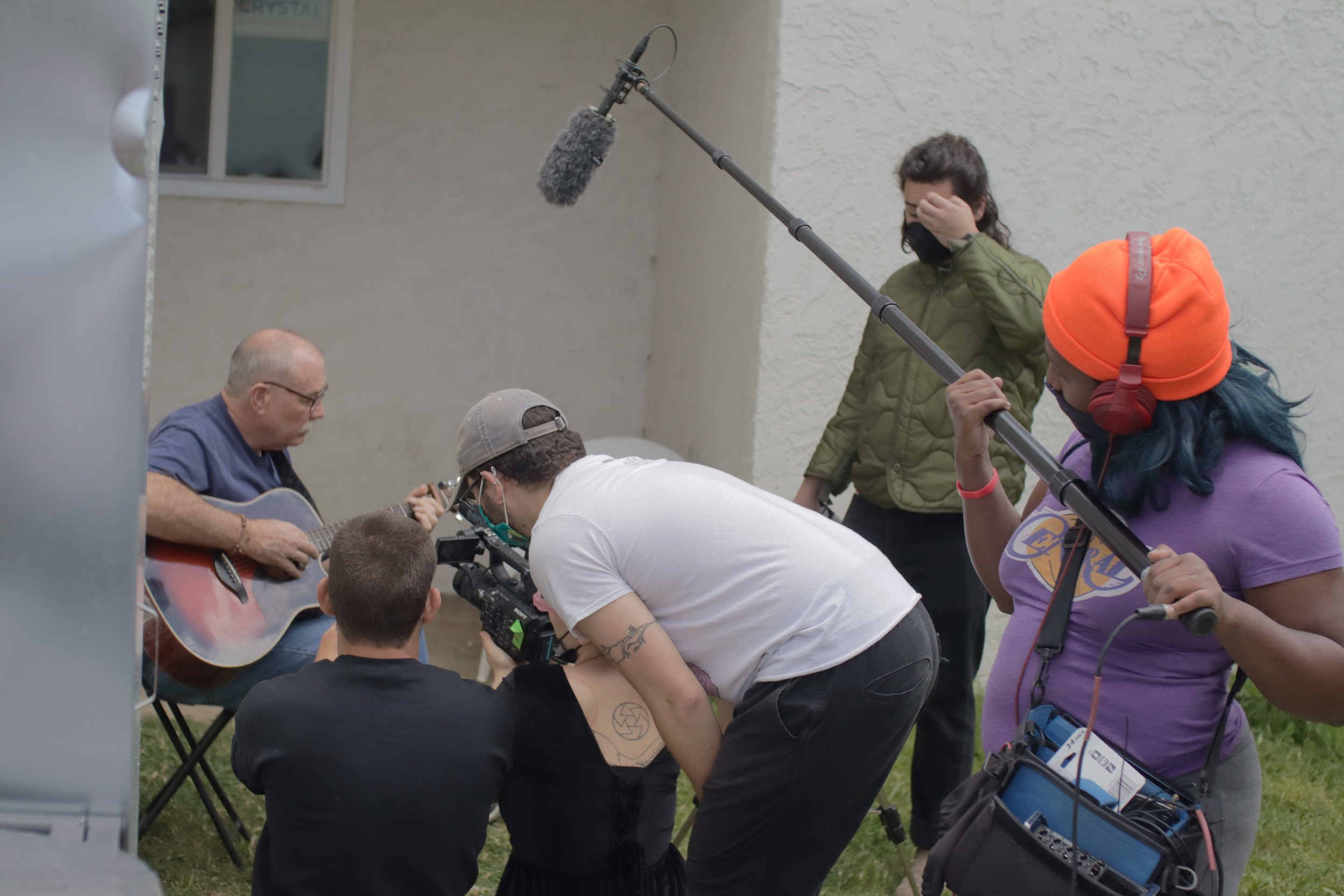
In the world of documentary interviews, authenticity is the golden fleece, the ultimate goal. It’s the art of capturing real emotions, genuine insights, and unfiltered experiences. “Quentin Blue” has shown a lot of promise in demonstrating the raw emotions and experiences in the trailer alone. In this section, we’ll explore the techniques that will help you bring out the authenticity in your interviews.
The Power of Silence
Sometimes, the most profound moments in a documentary interview occur in the silence between words. Allow for pauses in the conversation. Let your interviewee reflect and gather their thoughts. These moments of silence can lead to unexpected revelations and heartfelt responses, giving your documentary a depth that scripted content can never achieve.
Encouraging Emotional Expression
Authenticity often comes in the form of raw emotions. Encourage your interviewee to express their feelings. Ask them how a particular event made them feel or what emotions they experienced. These emotional revelations are the heart of your story and can help your audience connect on a deeply personal level.
Body Language and Non-Verbal Cues
Words are just one part of the story; body language and non-verbal cues play a significant role in capturing authenticity. Pay attention to facial expressions, gestures, and posture. They can provide valuable context and insights into your subject’s emotional state. Documenting these cues can add layers of authenticity to your interviews.
Active Listening in Action
Active listening is a skill that every documentary filmmaker should hone. It’s more than just hearing words; it’s about truly comprehending what’s being said and responding thoughtfully. When your interviewee knows you’re fully engaged in the conversation, they’re more likely to open up and share their true selves.
In the realm of documentary interviews, authenticity is the essence of storytelling. It’s what distinguishes a powerful documentary from a mundane one. Remember, the process of capturing authenticity is ongoing, and the more you practice these techniques, the better you’ll become at unveiling the real stories that matter. In the next section, we’ll delve into the technical aspects of documentary interviews, ensuring you’re equipped with the tools and knowledge needed to bring your vision to life.
Technical Considerations
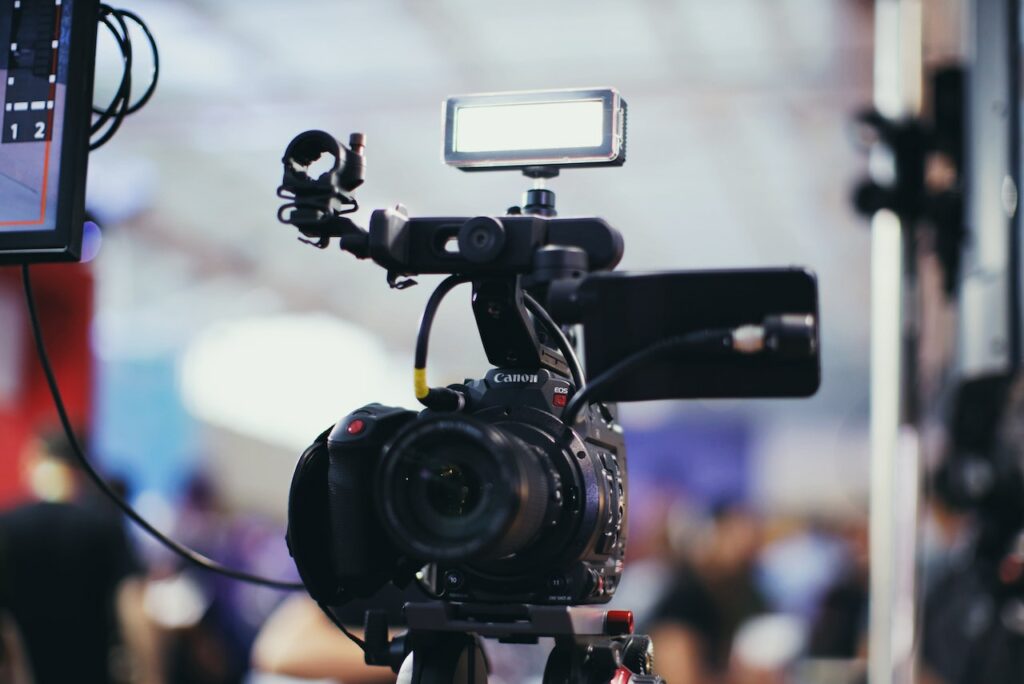
In the realm of documentary interviews, technical finesse is the brushstroke that brings your story to life on screen. Here, we’ll explore the essential technical considerations, from equipment to procedures, to ensure your interviews look and sound their best.
Choosing the Right Equipment
Selecting the right tools for your documentary interviews is crucial. Invest in quality cameras and lenses that capture clear and crisp visuals. Consider the lighting conditions of your interview space and choose appropriate lighting equipment to avoid harsh shadows or overexposure. A good rule of thumb is to conduct test shots and lighting checks before the interview day to iron out any issues.
Lighting and Framing
Lighting and framing can make or break your interview’s visual appeal. Use natural light whenever possible, but when artificial lighting is necessary, diffuse it to create soft, flattering illumination. Pay attention to the composition and framing of your shot. The rule of thirds can help you create visually engaging interviews, and ensure your subject is well-framed and the background isn’t distracting.
Sound Quality and Microphone Placement
While your visuals are important, never underestimate the significance of sound quality. Invest in high-quality microphones and pay attention to their placement. Lapel microphones can capture clear, direct audio from your interviewee, while shotgun microphones are excellent for capturing ambient sound and the interviewer’s voice. Always use headphones to monitor audio during the interview, making adjustments as needed.
Technical excellence is the bridge that connects your storytelling vision with the hearts of your audience. In the world of documentary interviews, it’s essential to make the technical aspects seamless, ensuring your viewers are fully immersed in the story you’re sharing. In the next section, we’ll explore the post-interview process and delve into the ethical considerations of documentary interviews.
The Post-Interview Process
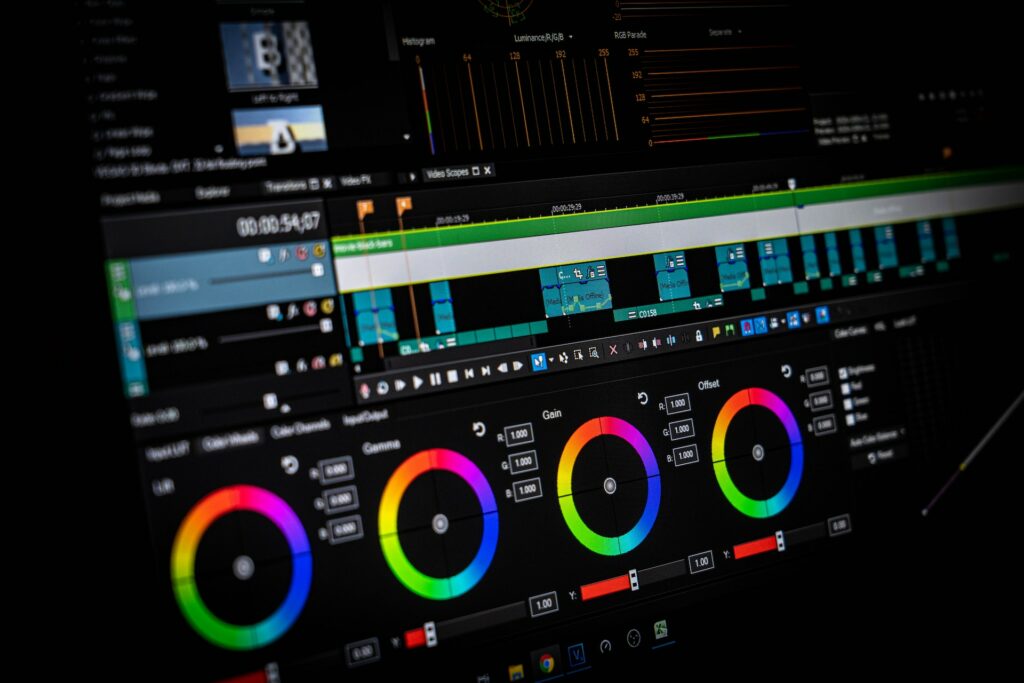
Congratulations! You’ve successfully conducted your documentary interview, and now it’s time to transform those raw moments into a compelling narrative. In this section, we’ll explore the post-interview process, from transcription to ethical considerations.
Transcribing and Reviewing Footage
The first step in the post-interview process is transcribing your interview. This not only provides you with a written record of what was said but also helps you identify the most powerful and insightful moments. As you review the footage, pay attention to the emotions, anecdotes, and personal stories that stand out. These will be the building blocks of your documentary.
Crafting the Story
Once you’ve gathered your most impactful moments, it’s time to weave them into a narrative. Storytelling is an art, and documentary interviews provide you with the authentic voices to tell your tale. Organize your content into a cohesive structure, keeping in mind the goals and objectives you set during your pre-interview preparation.
Ethical Considerations and Editing Choices
As you craft your documentary, it’s essential to uphold ethical standards. Ensure that you maintain the trust of your interviewee and the integrity of their story. Be transparent with your editing choices, avoiding manipulative techniques that distort the truth. Strive to maintain the authenticity of your interviews while creating a narrative that engages and educates your audience.
The post-interview process is where the magic happens. It’s the moment when you take the genuine and unfiltered experiences you’ve captured and mold them into a powerful narrative. It’s an art, and it’s a responsibility—a responsibility to honor the trust your interviewee has placed in you and to share their story with the world. In the next section, we’ll summarize the key points of our journey into documentary interviews and offer encouragement for aspiring filmmakers.
In Conclusion
Documentary filmmaking is a beautiful blend of creativity and truth-seeking. It’s about telling stories that matter, stories that inspire, inform, and challenge the way we perceive the world. Documentary interviews are your window into the lives and experiences of your subjects, and with the right techniques, you can bring those stories to life in a way that resonates with your audience.
As you begin working on your own documentary, remember that practice and patience are your allies. The more you hone your skills in each of these areas, the more powerful and impactful your interviews will become. Be open to learning, adapt to new challenges, and keep your curiosity alive.
We encourage aspiring filmmakers to explore this fascinating realm of documentary interviews. Each interview is a unique opportunity to connect with humanity’s collective story. By mastering the techniques and embracing the ethics that guide your craft, you’ll create documentaries that not only inform but also touch hearts and provoke thought.
And if you’re a documentarian looking to get some help with your budget, enter our film funding contest! By submitting one sentence explaining the premise of your short film and why you need the funding, you can earn up to $10,000 to go toward the production of your short film. Head on over to our sign-up page to learn more and enter now!
